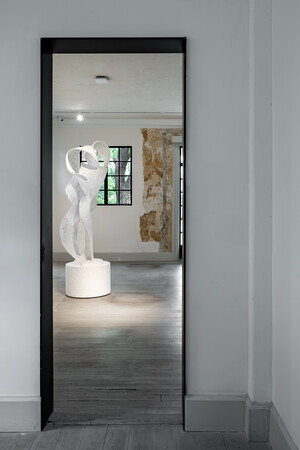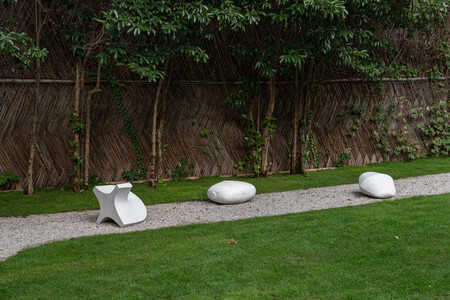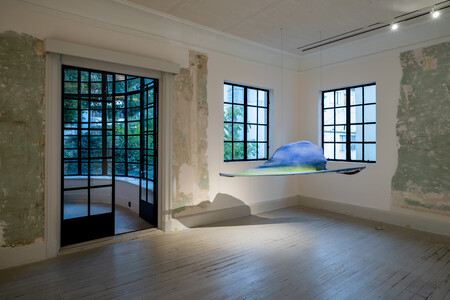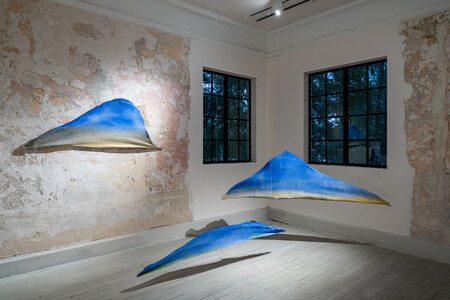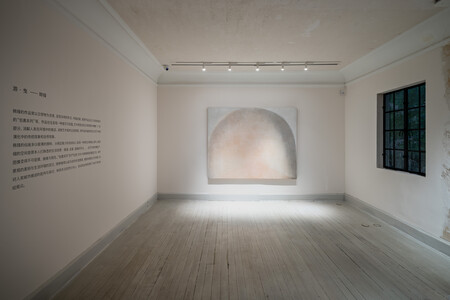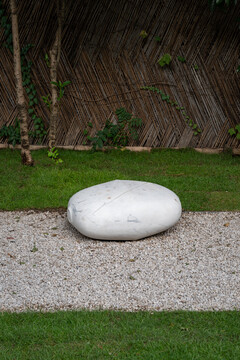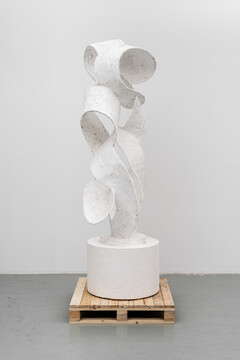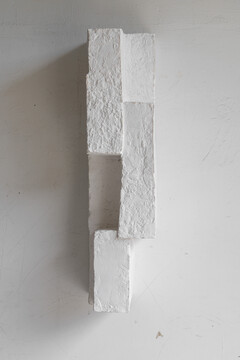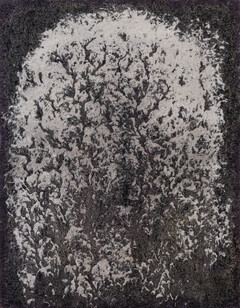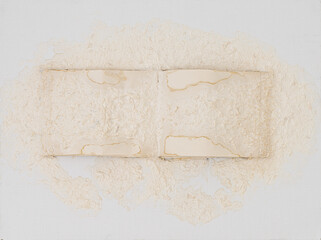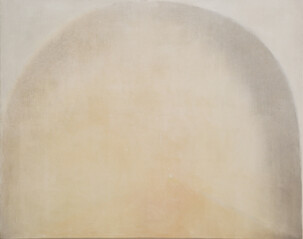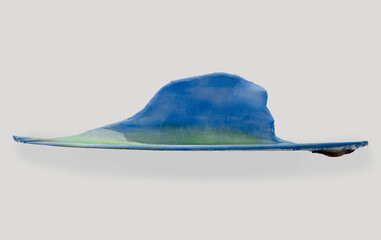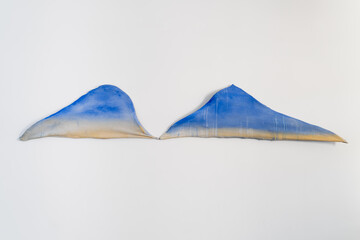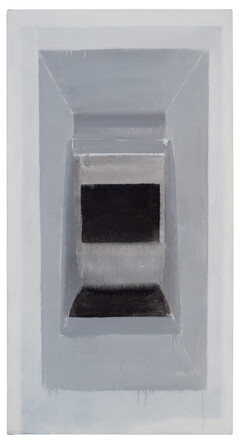Group Exhibition WS SPACE, Shanghai, No.1298 Huahai Middle Road
Preface:
The century-old building features a multi-layered space, and the renovation cannot conceal its weathered façade. The traces left by history permeate the space: the stone steps and pillars in the shadows of night, the exposed corners of walls, and the light shapes on the ground… With the passage of time, the restored old building becomes a container superimposing countless people and emotions. The brief encounter with the hundred-year building is a prolonged glimpse. The exhibition “Endless Moments” will feature three chapters “Touch/Reach, Calm/Wait, Swim/Wander”, which respectively focus on the introspective thinking of creation and the expression of eternity by the three artists Su Chang, Tang Guo and Han Feng.
“Touch, Calm, and Swim” are actions, while “Reach, Wait, and Wander” are states. Artworks are not the artists’ imagination or expressions of experience out of thin air, but the visualization of the artists’ introspective thinking and self-examination. The three artists use different media “plaster, paper pulp, and canvas” to find a fit with their self-reflection which is presented in external forms through years of creation. Despite the variation of media, all three artists try to describe a kind of stability regardless of the work’s structure, an existence that endured the chaotic time like the building of a hundred years old. Time has changed, but the compressed moment is constant.
Touch/Reach—Su Chang
“While breathing is a way of displacing the body and the environment, my sculptures use touch and space to do so.”
“While breathing is a way of displacing the body and the environment, my sculptures use touch and space to do so.”
The world we see has a foreground and a background, both connected and separated. The visible is the current situation, and the invisible is the overlap of time and memory. Su Chang’s works can be in between to help us identify the circumstance.
Calm/Wait—Tang Guo
“I like the traces of time like the long accumulation and sedimentation. The free natural formation can constitute a realm.”
The obsession with traditional culture has been a part of Tang Guo’s creative career for over thirty years. He draws inspiration from images, symbols, and objects from the cultural remains and everyday dwellings and reconstructs the contemporary understanding of history and culture through artistic re-creation.
The artist has used “pulp fibers” as a medium over the past decades. Water, pulp, and colors are the most basic elements of his works. Time is also concealed in them. For the “Paper Pulp” series, Tang chooses to trust the power of the “Creator”, allowing images or landscapes to emerge automatically on the fibers, with a non-interventionist mindset. The pretreated fibers are either dense or loose, flowing, spreading, and gathering at a fast or slow pace until an image is created…
solidifying into an artwork manipulated by the absolute power of fibers. The artist waits in silence, observing the process of changes in the flow, the natural presentation of matters, the traces of time, and the long accumulation and sedimentation. “Purity, clarity, freedom, and naturalness” are the realm and personality the artist pursues in the process.
Swim/Wander—Han Feng
Han Feng’s works are often inspired by everyday objects and take various art forms, such as canvas, installations, and the “Wrap” series he experimented on in recent years. His works often present a sense of emptiness and lightness. The artist tries to blur the “human” engagement in the daily scenes, by erasing men’s traces in the environment and eliminating the subjective feelings of the artist, and gives the final verdict of his works to the traditional and natural phenomena that are constantly evolving.
Han Feng’s paintings mostly use watery paint for distinct and minimal color blocks to present an unfamiliar silence. The compressed spaces on the canvas are familiar scenes in life, such as tunnels, corridors, and the road ends. After the artist’s generalization, the images become inscrutable, abstract, and unfamiliar. The “Wrap” series was created after Han Feng moved to Germany in 2019. The difference in the urban landscape and the changes in the living environment made Han Feng an observer of his creation. He reconstructed thoughts shifting from criticizing and exploring the traces of cities to concerning nature and heart, trying to convey the natural sense of “eternity” to the audience.
Text: Yusang
More Pictures:
Endless Moment - ShanghART x WS Gallery | ShanghART WeChat
在美术馆吃火锅——「苏畅和他的朋友们」|WS GALLERY





